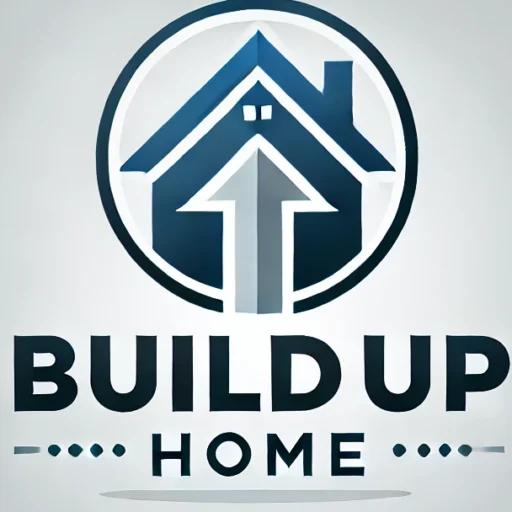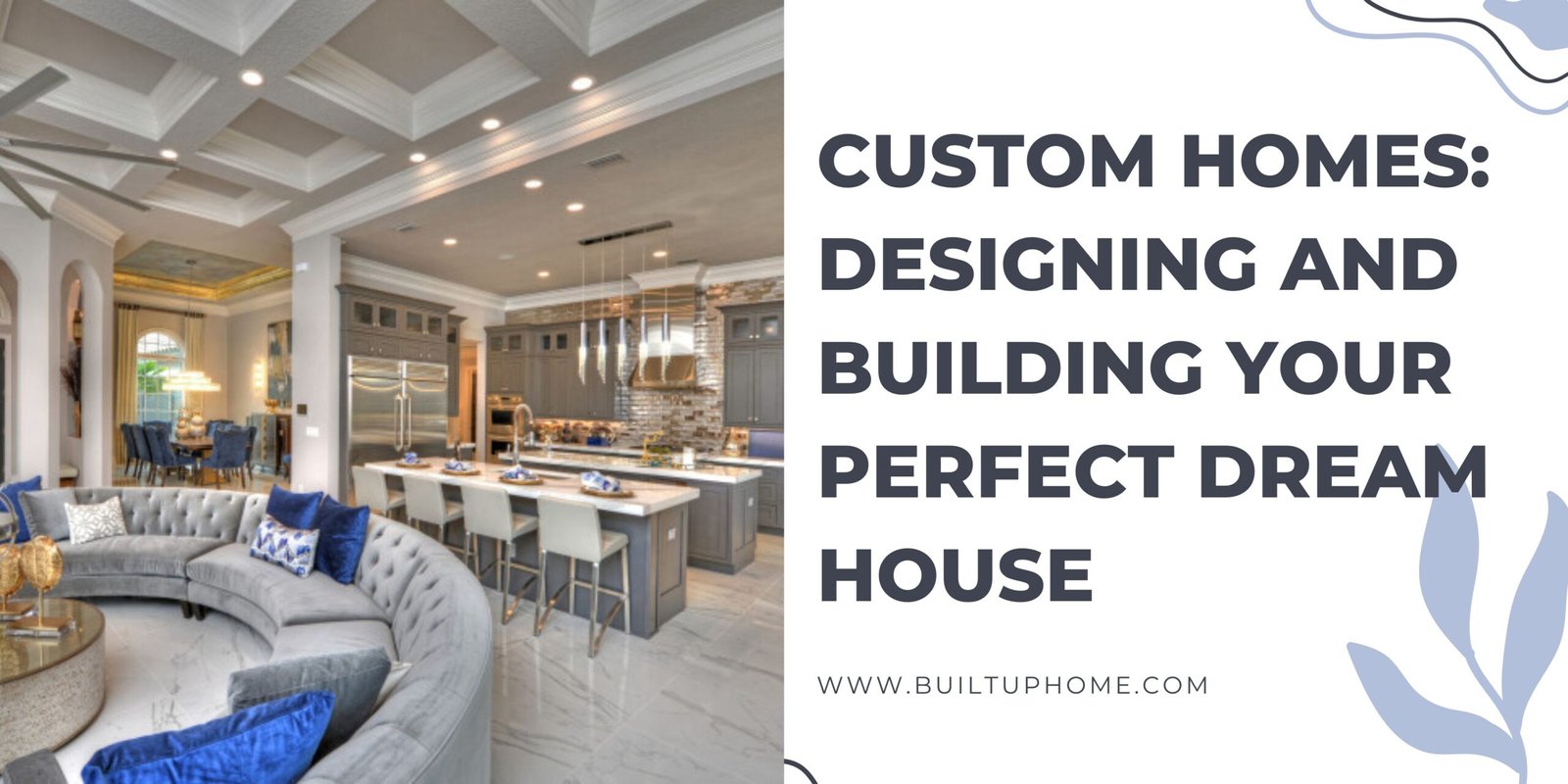What comes to mind when you imagine your perfect home? Maybe a cozy fireplace, a chef’s kitchen, or a grand staircase? Everyone’s vision of a perfect home is different, and that’s exactly why custom homes are such an attractive option. A custom home is a one-of-a-kind house designed specifically for you, your needs, and your lifestyle. It’s the best means of making your dream come true.
In this article, we’ll dive deep into what a custom home is, why it might be the perfect choice for you, and how to get started.
What Is a Custom Home?
A custom home is a house that is designed and built from scratch based on the homeowner’s specifications. Unlike production homes or semi-custom homes, which follow a set of predefined floor plans and styles, a custom home offers complete flexibility. From the floor plan to the materials, finishes, and even the layout of rooms, everything is tailored to fit your vision.
Custom homes are usually built on land you own or land you purchase as part of the process. The process involves working closely with architects, designers, and builders to create something unique.
Benefits of Building a Custom Home
There are countless reasons why many people choose to build custom homes. Here are some of the top benefits:
1. Personalization
The biggest advantage of a custom home is personalization. You have full control over the design, layout, and features. Want a home office, a gym, or an extra-large kitchen island? No problem! You decide how your home should look and function.
2. Quality Materials
In the process of constructing a custom home, you have the chance to select premium materials. Whether it’s hardwood flooring, custom cabinetry, or energy-efficient windows, you can pick materials that match your aesthetic and performance standards.
3. Energy Efficiency
Modern custom homes often focus on energy efficiency. You can incorporate the latest technologies, such as solar panels, smart home systems, and eco-friendly building materials. Over time, these choices can save you a significant amount of money on energy bills.
4. Optimal Use of Space
Custom homes are designed around your specific needs. You can eliminate wasted space and ensure that every square foot serves a purpose. Whether you want a large walk-in closet, a hidden reading nook, or a spacious outdoor patio, it’s all possible.
5. Future-Proofing
It is easier to plan for the future when you have a custom home. You can incorporate features that accommodate aging in place, growing families, or changing lifestyles, reducing the need for costly renovations down the road.
Steps to Building a Custom Home
Building a custom home is a big project, but breaking it down into steps can make it manageable.
1. Define Your Vision and Budget
Before anything else, take time to define your vision. What style do you like—modern, traditional, farmhouse? How many bedrooms and bathrooms do you need? Make a list of must-haves and nice-to-haves.
Simultaneously, determine your budget. Be realistic and account for not just the construction costs, but also permits, landscaping, design fees, and contingencies.
2. Find the Right Lot
If you don’t already own land, finding the right lot is critical. Think about the location, the size of the lot, proximity to schools, work, and amenities, and the topography, which can affect the construction process.
3. Assemble Your Team
You’ll need a team of professionals including:
- Architects to design your home
- Builders/contractors to construct it
- Interior designers to assist with finishes and furnishings
- Engineers if your site needs special evaluations
Choosing experienced professionals who communicate well is key to a successful project.
4. Design Your Home
Collaborate with your architect to create a blueprint of your ideas. This stage involves a lot of decision-making: floor plans, exterior appearance, interior layouts, room dimensions, and more.
You will also choose finishes such as countertops, flooring, cabinetry, fixtures, and appliances. Some people find it helpful to create a vision board or gather inspiration from websites like Pinterest or Houzz.
5. Secure Permits and Approvals
Before construction can begin, you’ll need the necessary building permits from your local authorities. This ensures that your home complies with zoning laws, safety regulations, and environmental guidelines.
6. Begin Construction
Once everything is approved, construction can start. The builder will follow the detailed plans to bring your dream home to life. Be prepared for a timeline that includes site preparation, foundation work, framing, electrical and plumbing installation, interior and exterior finishes, and final inspections.
7. Final Walkthrough and Move-In
Prior to moving in, do a detailed walkthrough with your builder. Check for any issues that need correction. Once everything is perfect, it’s time to move into your brand-new, fully customized home!
Challenges to Be Aware Of
While building a custom home is incredibly rewarding, it also comes with challenges:
- Higher Costs: Custom homes tend to be more expensive than buying a production home.
- Longer Timeline: Custom builds can take longer because of the design and approval stages.
- Decision Fatigue: Choosing every detail can become overwhelming for some people.
- Unexpected Issues: Weather delays, supply chain issues, and changes during construction can cause unexpected hurdles.
However, many homeowners find that the benefits far outweigh these challenges.
Is a Custom Home Right for You?
If you have a specific vision, a love for design, and the patience for a detailed project, a custom home could be perfect for you. It’s an opportunity to create a space that truly reflects your personality, accommodates your lifestyle, and stands the test of time.
Whether you’re dreaming of a minimalist modern marvel, a cozy cottage, or a sprawling estate, building a custom home gives you the chance to bring your dream to life—brick by brick.
Read More About: Built UP Home
Luxury Home Builders

